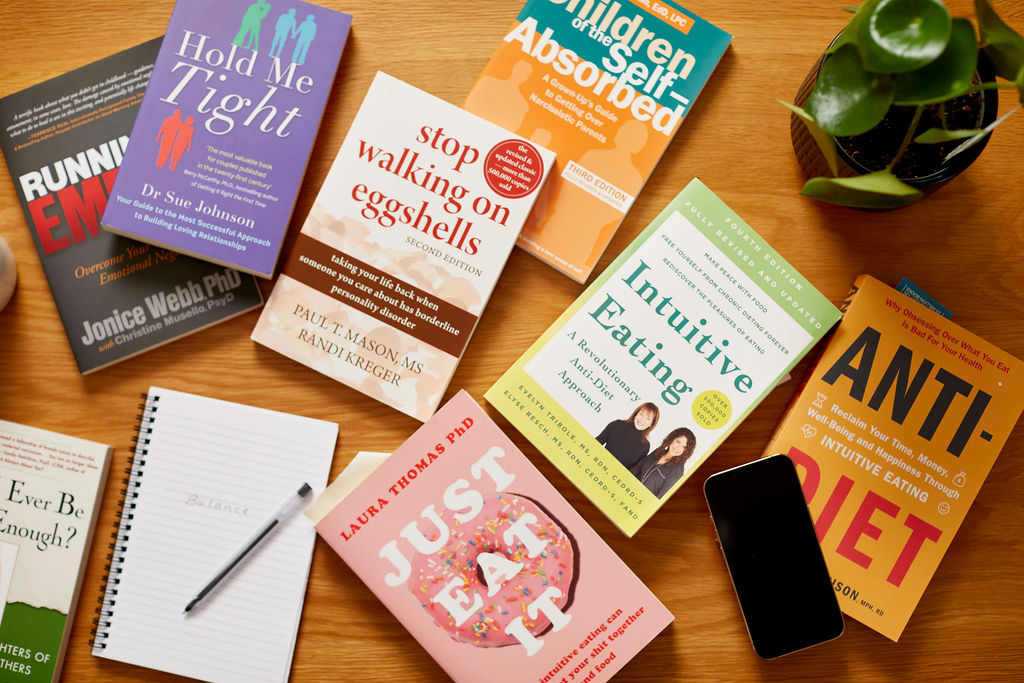Binge eating. It’s a term often used but rarely understood.
It is estimated that about 4-5% of Australians have Binge Eating Disorder (BED). BED is the most common eating disorder, and much more prevalent compared to anorexia and bulimia.
As part of my new blog series, I’ll provide an overview of what bingeing is and how to recognise if you have this eating disorder. We’ll look at it from every angle, whether it be the connections between emotions and bingeing, the role of diet culture and BED, and how neurodiversity can effect your relationship with food.
But first, let’s look at what defines binge eating. We’ll look at the symptoms and what people commonly experience as part of BED.
What is binge eating?
Put simply, it’s eating excessively in a short amount of time.
It can lead to intense feelings of guilt, shame, disgust, anxiety, and despair.
We often see this triggers a sense of overwhelm and feeling out of control.
Although hunger may prompt start of a binge, it may continue for emotional reasons.
Bingeing commonly leads to eating beyond the point of fullness.
Often people binge in secret.
Am I just overeating?
If you had a few extra slices of pizza slices at a party or got carried away with the popcorn at the movies, that’s not necessary a binge.
There are important differences when distinguishing between binge eating from occasional overeating.
Overeating is something most people experience and usually occurs in social settings or at a special event.
If someone overeats, it don’t happen as often as bingeing. For example, binge eating often occurs at least weekly, and often several times a week. Furthermore, overeating doesn’t lead to the strong emotional responses seen in binge eating.
How do I recognise binge eating in myself?
Let’s look at a couple of signs that are commonly found.
- A feeling of lack of control.
- Eating much quicker than usual.
- Eating when you’re not hungry.
- Spending an excessive amount of money on food.
- Feeling euphoric, numb, or completely, detached when binging.
- Avoiding social situations to binge.
- Feeling a strong sense of guilt and self-hatred.
- Eating normally in social situations, but binging alone.
Here are some real life examples of what this can look like:
- It can be eating ‘healthy’ all day and then over-eating at night
- It can be standing in front of the cupboard eating peanut butter straight from the container in what might feel like a frenzy
- Eating to feel good, or numb pain, or to feel a rush.
- Feeling like you have no control. It might be an obsession over a certain type of food.
- Waking up each day or week, promising yourself you will stop overeating or bingeing, but it inevitably falls apart by the end of the day.
The hidden impact
Many people don’t even realise that it’s diagnosable. On top of that, many experience shame and avoid the issue altogether.
Reducing shame is a powerful weapon in our fight against eating disorders.
Shame silences us, hides part of us and leads to mental health issues going unrecognised.
Can I get better?
Absolutely! Although it can feel like a vicious cycle that’s often described as overwhelming and hopeless, there is evidenced-based treatment available.
Many of us have uneasy relationships with food, but seeking can help turn the tide from too hard to treatable.
Keep an eye out for my next blog – as we start to explore more concepts, tools, and strategies to help you overcome binge eating.


